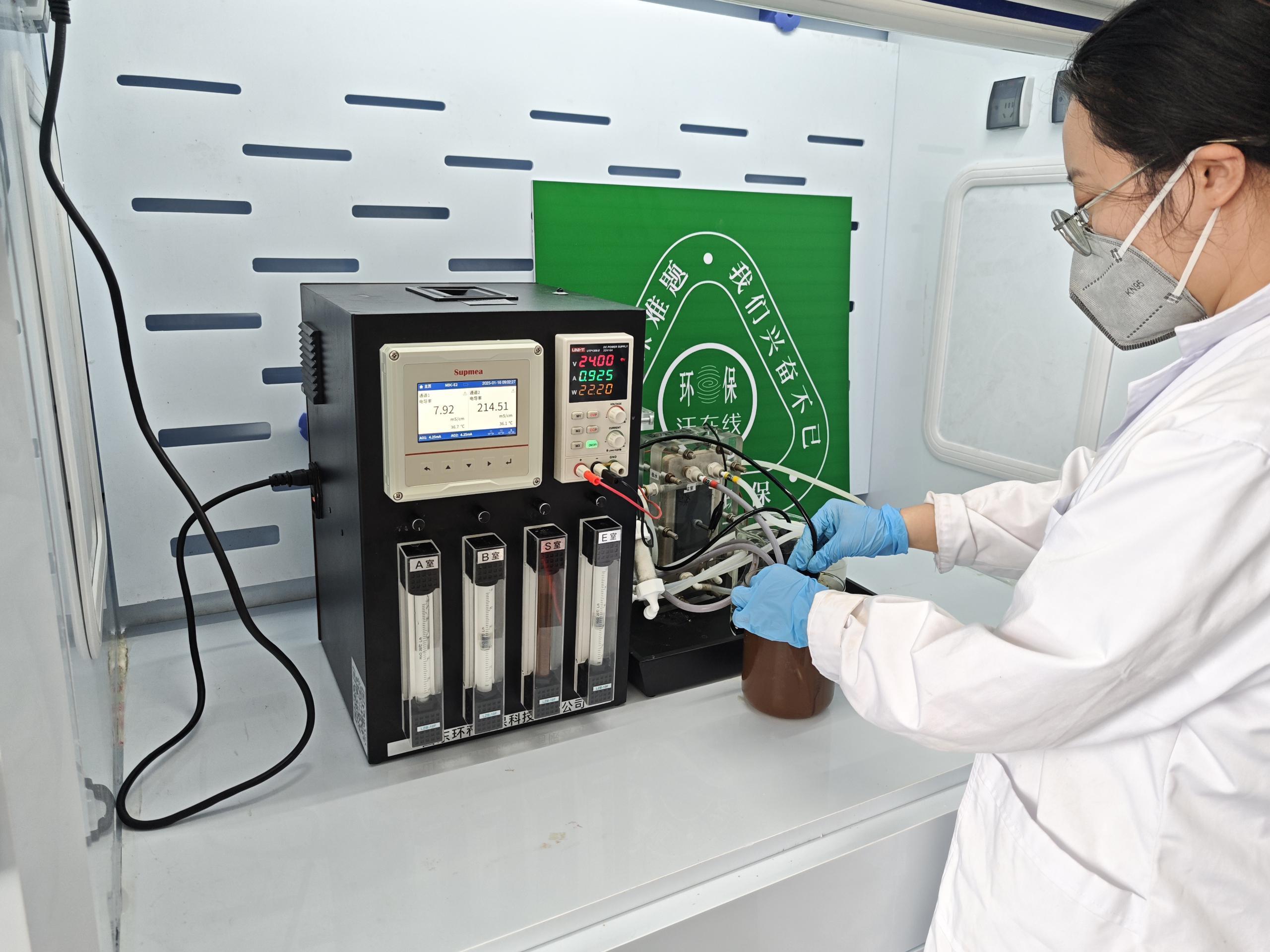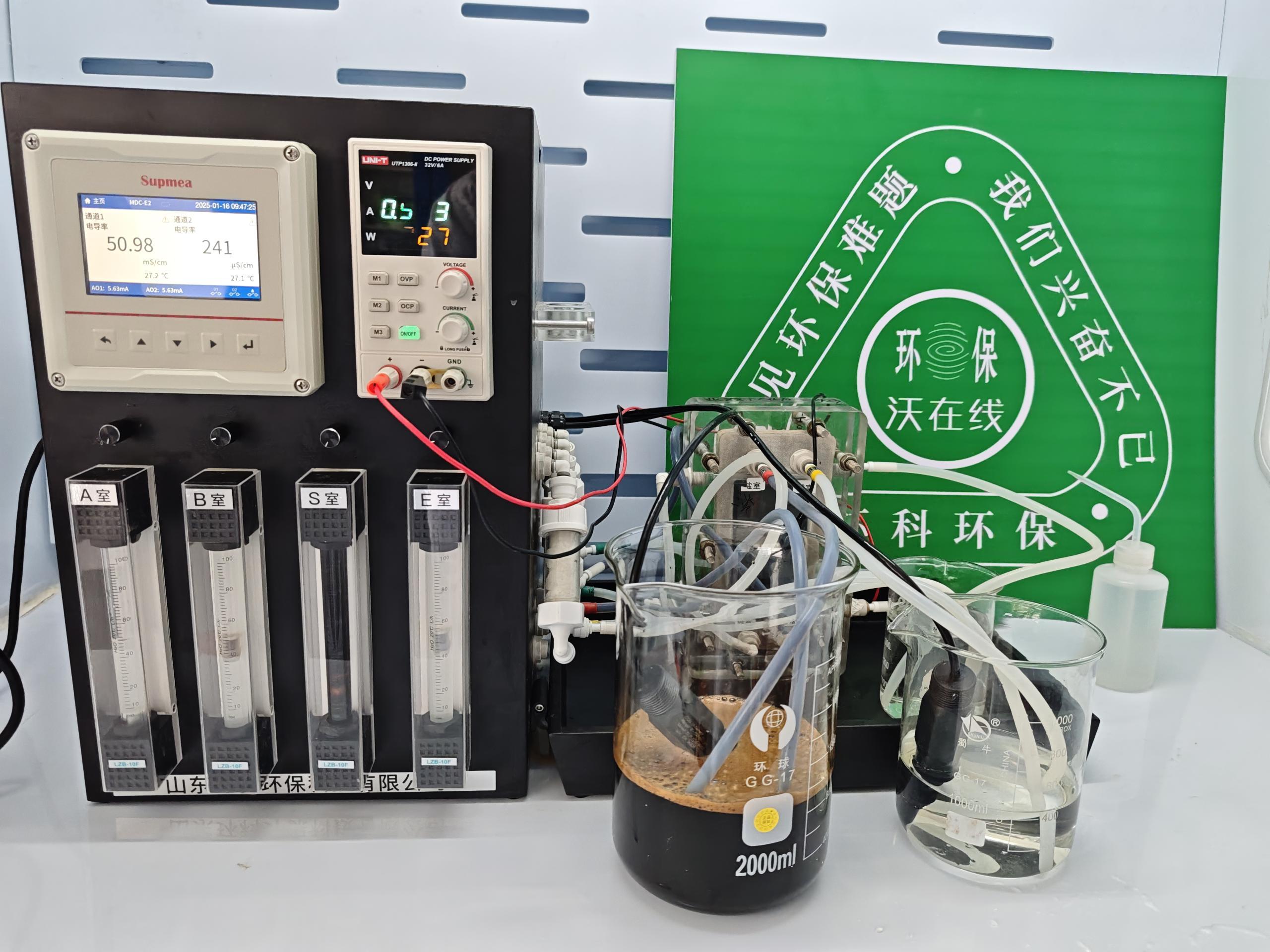10
2025
-
11
Electrodialysis technology: The green Solution to desalinating Soy sauce
Author:
In traditional soy sauce brewing, a high-salt environment is a necessary condition for preventing microbial contamination and promoting unique flavors, but it also keeps the salt content of the finished product at a high level of 16% to 18%. With the "Chinese Dietary Guidelines for Residents" clearly stating the daily sodium intake recommendation (< 2000mg), desalination technology has become the core breakthrough for the upgrading and transformation of the soy sauce industry. Electrodialysis, with its outstanding advantages of physical separation, high efficiency and energy conservation, and excellent flavor retention, has become a green solution to address this industry pain point.
I. Inherent Shortcomings of traditional Desalination Technologies
The traditional desalination methods for soy sauce (dilution method, evaporation crystallization method, and ion exchange method) all have obvious deficiencies:
The dilution method reduces the salt content by adding water, which increases the volume of soy sauce by approximately 40%, raising packaging and transportation costs. At the same time, it dilutes the flavor substances, requiring additional flavor enhancers to make up for the taste.
The high-temperature environment of the evaporation crystallization method can cause the loss of moisture and volatile components such as ethanol and acetic acid, weakening the aroma of soy sauce. When a certain enterprise adopted the vacuum concentration method, the loss rate of acetic acid reached 18%, and the loss rate of lactic acid was 6%.
The resin adsorption selectivity of the ion exchange method is relatively poor. It is prone to simultaneously remove beneficial ions such as calcium and magnesium, and the resin regeneration requires a large amount of acid and base reagents, causing secondary pollution. Electrodialysis technology physically separates salt from soy sauce by driving ion migration through an electric field. It does not require the addition of chemical reagents or high-temperature treatment, and thus has more advantages in comparison.
Ii. Core Innovation Directions of Electrodialysis Technology
The application of electrodialysis in the desalination of soy sauce is a result of the deep integration of materials science, electrochemistry and food engineering. The core innovations are concentrated in three dimensions: membrane materials, process control and system integration
Research and development of highly selective membrane materials: Traditional polyethylene heterogeneous films are prone to performance degradation due to organic contamination. New polyethersulfone composite films, sulfonated polyetherketone films, etc., have significantly enhanced their anti-pollution capabilities by introducing hydrophilic groups such as sulfonic acid groups and carboxyl groups through surface modification. The SPEEK/GO composite membrane developed by a certain enterprise, after continuous operation for 200 hours in soy sauce desalination, only saw an 8% decrease in membrane flux, which is far superior to the 30% decline of traditional membranes.
Dynamic parameter control technology: During the desalination process, parameters such as current density, material flow rate, and membrane stack voltage need to be dynamically adjusted in accordance with the concentration of the raw liquid salt. For instance, when the salt content of the original solution drops from 16% to 9%, the current density should be gradually reduced from 30mA/cm² to 15mA/cm² to prevent membrane polarization caused by excessively low ion concentration. A certain enterprise has achieved automatic parameter optimization through a PLC control system, increasing desalination efficiency by 15% and reducing energy consumption by 10%.
Modular system construction: To meet the demands of enterprises of different scales, the electrodialysis system adopts a modular design. The processing capacity of a single module covers 1 to 10 tons per hour, and the production capacity can be flexibly adjusted through parallel expansion. A medium-sized soy sauce factory adopted a "3-module parallel + intelligent switching" solution, with an annual processing capacity of 20,000 tons, equipment utilization rate increased to 90%, and the payback period of investment shortened to 3 years.



Iii. The dual environmental and economic benefits of electrodialysis technology
The promotion of electrodialysis technology not only improves the quality of soy sauce, but also demonstrates significant value in terms of environmental benefits and economy:
Environmental benefits: In terms of water conservation, electrodialysis does not require water evaporation. The water consumption per ton of soy sauce is only 0.5 to 1 ton, which is much lower than the 5 to 8 tons required by the evaporation crystallization method. In terms of energy conservation, the energy consumption is 0.2-0.5kWh per ton, which is only half of that of reverse osmosis. In terms of emission reduction, avoiding the use of chemical reagents has alleviated the pressure on wastewater treatment. After a certain enterprise applied it, it reduced the annual consumption of acid and alkali reagents by 120 tons and lowered the COD discharge of wastewater by 40%.
Economic analysis: In the cost structure, equipment investment accounts for 40% (including membrane stacks, electrodes, and control systems), while operating costs account for 60% (including electricity charges, membrane replacement, and maintenance). Take a production line with an annual processing capacity of 10,000 tons as an example. The equipment investment is approximately 800,000 yuan, the annual operating cost is about 1 million yuan, and the desalination cost per ton of soy sauce is 100 yuan. In the market, low-salt soy sauce, which meets health demands, is priced 20% to 30% higher than regular soy sauce. A certain brand's low-salt soy sauce with an 8% salt content retails at 15 yuan per 500mL, which is higher than the 10 yuan per 500mL of regular soy sauce, increasing its gross profit margin by 10 percentage points.
Iv. Future Development Trends: From Desalination to Functionalization Upgrade
With the upgrading of consumers' health demands, electrodialysis technology is evolving from single desalination to functional enhancement
Selective desalination: By customizing positively charged nanofiltration membranes and other materials, sodium ions are selectively removed while beneficial ions such as potassium and calcium are retained, developing "high-potassium and low-sodium" functional soy sauce.
Flavor substance enrichment: By integrating electrodialysis and osmotic evaporation technologies, volatile flavor components such as 4-ethyl guaiacol are separated and extracted to create a "strong-flavored" low-salt soy sauce.
Intelligent production: Introduce digital twin technology to build virtual models, achieve precise prediction and optimization of process parameters, and reduce production trial-and-error costs. As a green solution in the field of soy sauce desalination, electrodialysis technology is promoting the transformation of the soy sauce industry towards health and high-end through material innovation, process optimization and intelligent upgrading. In the future, with continuous technological breakthroughs, its application is expected to expand to more food desalination fields such as condiments and pickled products, providing global consumers with higher-quality low-salt and healthy food.
Related Products
Electrodialysis technology: The green Solution to desalinating Soy sauce
2025-11-10
Electrodialysis technology: Salt concentration in wastewater from glufosinate-ammonium production
2025-11-07
Portable flexible cabin: The "Light Cavalry" for water treatment in Emergency and Remote scenarios
2025-10-31
"Junqi Fang" : An efficient upgrade solution for wastewater biochemical treatment driven by sponge biological fillers
2025-10-29
Huanke Environmental Protection Technology
HOTLINE:
Address:Optoelectronic Industry Accelerator in Weifang Hi-Tech Zone, Shandong Province, China
Contact:Zhang Gong
WhatsApp:+8619953608211
Email:eco.eqpt@gmail.com


Consult

TikTok
Copyright © 2023 Shandong Huanke Environmental Protection Technology Co., Ltd
